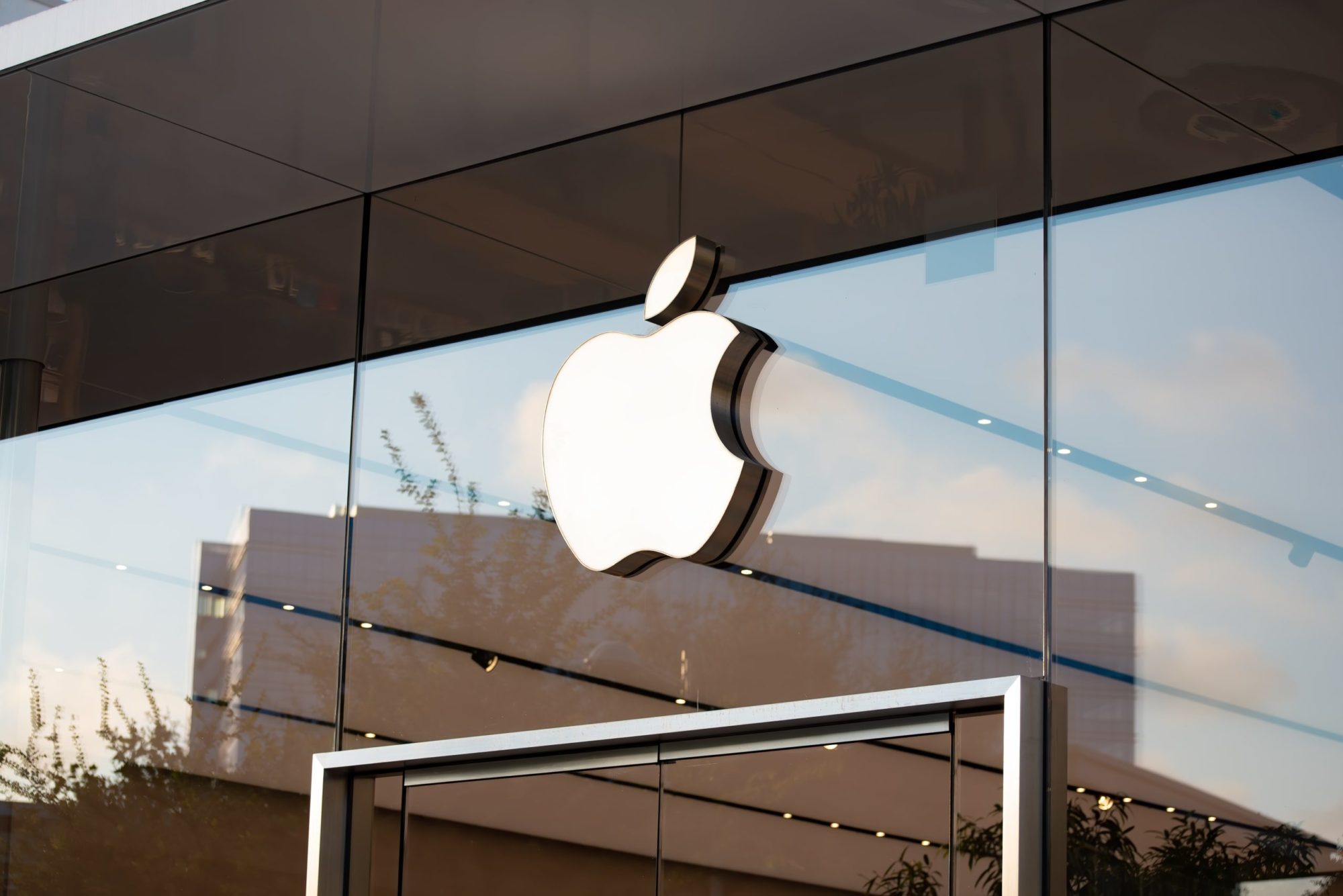Apple set to launch new iPhone 12 with 5G technology – but what does that mean for Real Estate?
Posted:
1 / 4 / 2021
Tagged:

It’s October and, a month later than is usual for a premium iPhone launch, Apple is set to introduce the new iPhone 12. Having teased the public with a flurry of “Hi, Speed” invites, Apple’s virtual launch is loaded with more than just a better camera and bigger battery. It’s anticipated that Apple’s new flagship product will support 5G technology for the very first time.
As the iPhone 12 comes to market, not only will it bring the next generation of wireless technology into our pockets, but also, 5G’s different bands of signal operation will be brought into the public eye. 5G has received a spectrum of press, some good and some, well, less-so. But, in light of Apple’s new “High, Band” technology, the public discussion is about to hone-in on how 5G will actually operate.
To unpick the different signal bands of 5G operation, T-Mobile’s recent depiction of its multi-tier 5G strategy used a “layer cake” analogy.
Each tier represents the different characteristics and coverage of the three types of radio signals that will be used to provide cellular service to 5G devices. The bottom tier represents low-band signals, the middle tier mid-band signals and the top tier symbolises super-fast speeds.
The logic behind the ‘layer cake’ encapsulates the physical space associated with each band of signalling as, just like a tiered cake, the bottom layer provides coverage to a greater area, and so on and so forth. The 5G layer cake demonstrates the fact that not all areas will get super-fast coverage, but they will have access to at least a low-band signal that will deliver lower 5G speeds, similar to the speed of 4G.
What will 5G mean for consumers?
As the next-generation of wireless technology, 5G will come to have an intimate impact upon our lives. It isn’t easy to predict exactly how this will manifest, but if we look back at the impact 4G had, we can expect 5G to be just as transformative. Introduced way back in 2009, 4G facilitated Apple’s App Store and, in turn, the likes of WhatsApp, Uber and Instagram became day-to-day necessities.
Top tier 5G is all about speed and will deliver much quicker connectivity. Running between 10 and 100 times faster than a standard 4G connection, 5G will even beat the speeds of typical home internet connection – bringing latency levels way below standard household WiFi.
Imagine a world in which that annoying Zoom lag was a thing of the past, and remote surgery allows skilled surgeons to save more lives – you’re imagining a world where 5G is the norm.
What will 5G mean for Real Estate?
5G technologies will have a significant impact upon urban design and development, predominantly due to the differences in speed of service, and range covered by each band. To put this into perspective, a high-band base station can deliver speeds of 1-3 Gbps, but only serves a radius of up to one mile. Whilst a low-band base station serves 5G to hundreds of square miles, at the lower speed of 30-250 Mbps.
Realistically, tenants are going to start demanding the fastest speeds possible, wherever possible. Such demand will be accelerated by Apple bringing a 5G-supporting device to market, despite the fact that Apple is the last major company to do so.
Less than a year ago, Samsung held 53.9% of the global 5G smartphone market. But Apple is expected to overtake, as what Strategy Analytics analyst Ville-Petteri Ukonaho terms the “so-called Apple effect” begins to take hold. But, as consumers typically keep their phones for 36 months, it might be a while before everyone owns 5G devices.
The gradual consumer-shift to 5G aside, landlords and developers should be taking this opportunity to future-proof their buildings and developments. Why? Because one day, the majority of people will have 5G supporting devices, and they’ll expect to be living and working within buildings that can support their tech.
One more thing… 5G future-proofing
We are starting to see the first wave of in-building solutions emerge, as use-cases of indoor high-band 5G gradually increase, and investment in compatible hardware begins to climb.
Just three weeks ago, Samsung announced the release of Link Cell: a small-cell solution for high-band, in-building 5G integration that uses mmWave technology. Designed to provide enhanced 5G experiences to commercial indoor users, Link Cell shows us what the future of in-building telecom services might look like.
In practice, having 5G in real estate means that in-building mobile systems will need to be compatible for the low, mid and high-band frequencies to support 5G indoors. And whilst in-building 5G solutions are still developing, best-practice sees landlords proactively planning for additional fibre throughout buildings.